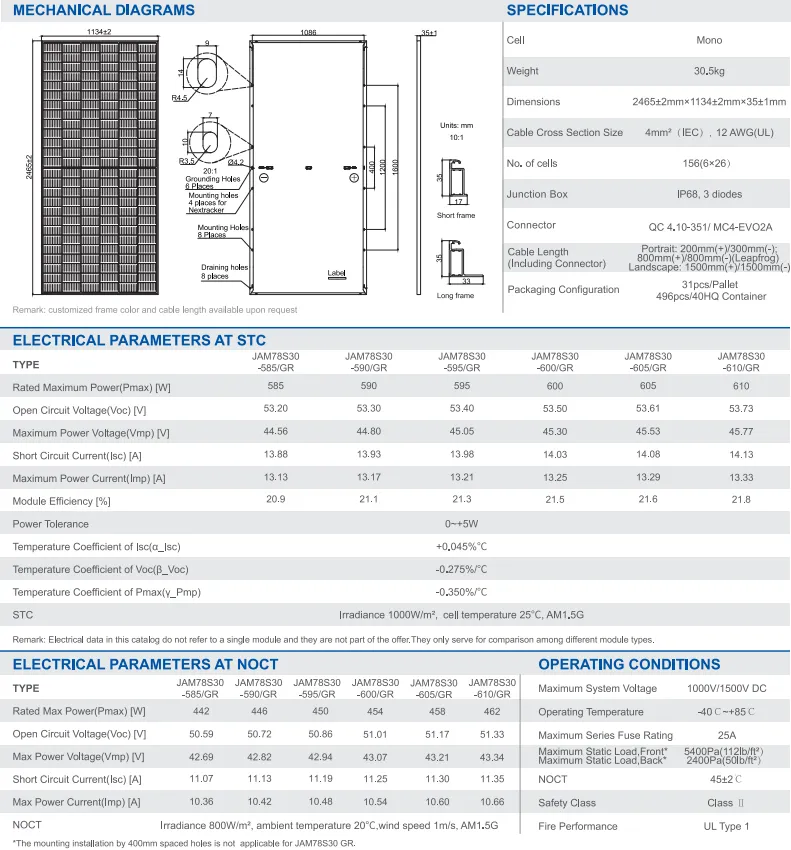bifacial vs monofacial solar panel cost
Bifacial vs Monofacial Solar Panels A Cost Analysis
In recent years, solar energy has emerged as a vital component of the global transition to renewable energy. With technological advancements, various types of solar panels have entered the market, among which bifacial and monofacial solar panels are the most prominent. Understanding the cost dynamics of these two types of solar panels is essential for consumers and businesses considering solar installations.
Understanding Monofacial Solar Panels
Monofacial solar panels are the traditional type of solar panels that have a single side designed to capture sunlight. Typically made of silicon, these panels are widely used due to their robust performance and established technology. The market for monofacial panels is well-developed, leading to economies of scale that drive their cost down. On average, the cost of monofacial solar panels ranges from $0.50 to $0.80 per watt, which can vary based on the manufacturer, quality, and location of installation.
The Emergence of Bifacial Solar Panels
Bifacial solar panels, on the other hand, are a newer innovation in solar technology. Unlike monofacial panels, bifacial panels can capture sunlight from both sides, offering the potential for higher energy yield. These panels are typically installed with a clear back, allowing sunlight to reflect off surfaces, such as the ground or rooftops, and be absorbed by the rear side of the panel. This unique feature can significantly enhance their efficiency, especially in environments with high albedo, such as snowy or sandy areas.
Although bifacial panels tend to initially cost more than monofacial panels, typically ranging from $0.70 to $1.10 per watt, their enhanced energy generation capabilities may offset the higher upfront costs in the long run.
Cost Considerations and Return on Investment
bifacial vs monofacial solar panel cost

When analyzing costs, it is essential to consider not only the initial price of the panels but also their efficiency and potential energy output. Bifacial panels can generate anywhere from 10% to 30% more energy than their monofacial counterparts, depending on variables such as installation angle and environmental conditions. This increase in energy efficiency can lead to a quicker return on investment (ROI).
For example, a typical residential installation using monofacial panels may yield around 300 watts per panel. In contrast, bifacial panels could produce around 390 watts under optimal conditions. While bifacial panels might have a higher upfront cost, the additional energy produced can lead to significant savings on electricity bills, making them an attractive option in the long term.
Installation and Maintenance Costs
Beyond the cost of the panels themselves, installation and maintenance costs should also be factored into the overall financial equation. Bifacial panels usually require more careful attention during installation to ensure they are positioned correctly to maximize the sun's reflection from the ground. While installation costs may be slightly higher, the long-term benefits of increased energy production can justify the investment.
Additionally, maintenance costs can be critical in the decision-making process. Both types of panels require regular cleaning and inspections, but bifacial panels may demand more thorough assessments due to their dual-sided nature. However, both technologies have low maintenance requirements, which is beneficial for long-term ownership costs.
Conclusion
In conclusion, the choice between bifacial and monofacial solar panels comes down to a careful assessment of initial costs versus potential energy outputs and long-term returns on investment. While bifacial panels typically have higher upfront costs, their ability to capture solar energy from both sides presents a compelling case for their use, especially in high-albedo environments.
As technology continues to advance and the renewable energy market grows, it’s crucial for consumers to consider not only the immediate financial implications but also the long-term benefits of investing in more efficient solar solutions. Ultimately, both bifacial and monofacial technologies have unique advantages that cater to different needs and scenarios, allowing consumers to choose the best fit for their specific requirements.
-
Unlocking Energy Freedom with the Off Grid Solar InverterNewsJun.06,2025
-
Unlock More Solar Power with a High-Efficiency Bifacial Solar PanelNewsJun.06,2025
-
Power Your Future with High-Efficiency Monocrystalline Solar PanelsNewsJun.06,2025
-
Next-Gen Solar Power Starts with Micro Solar InvertersNewsJun.06,2025
-
Harnessing Peak Efficiency with the On Grid Solar InverterNewsJun.06,2025
-
Discover Unmatched Efficiency with the Latest String Solar InverterNewsJun.06,2025







